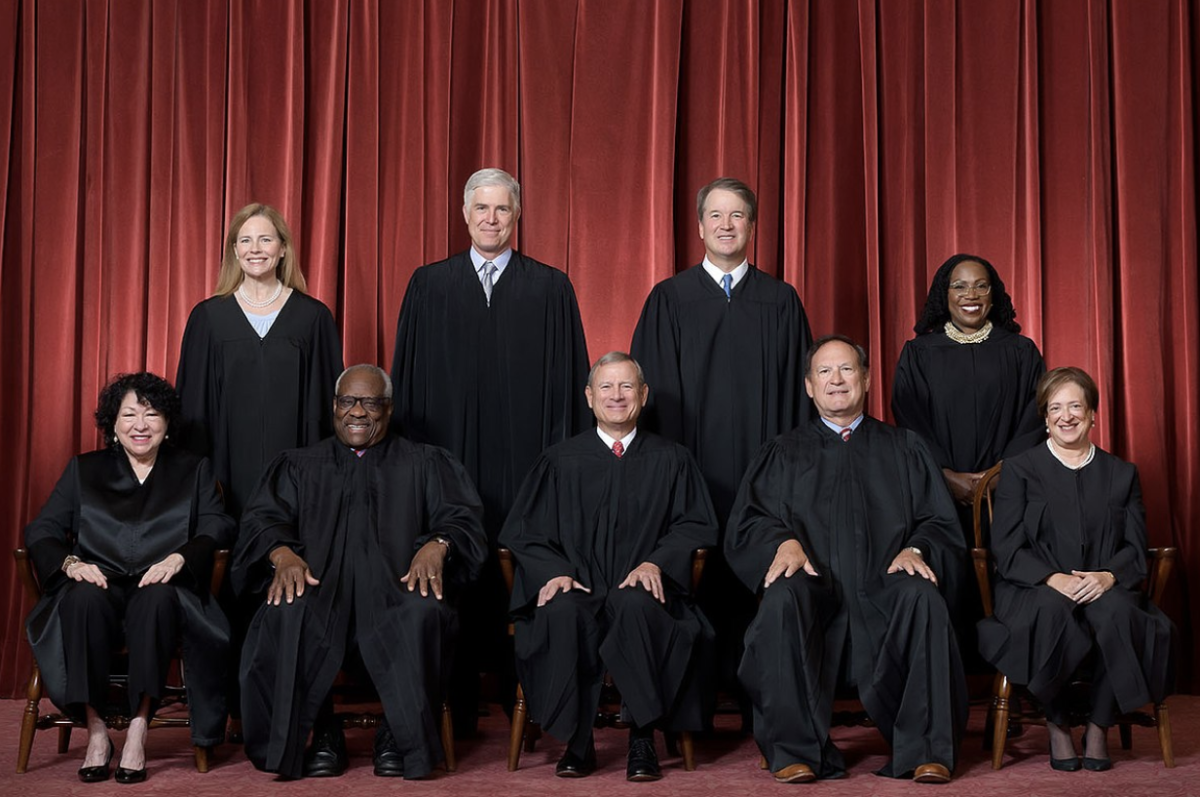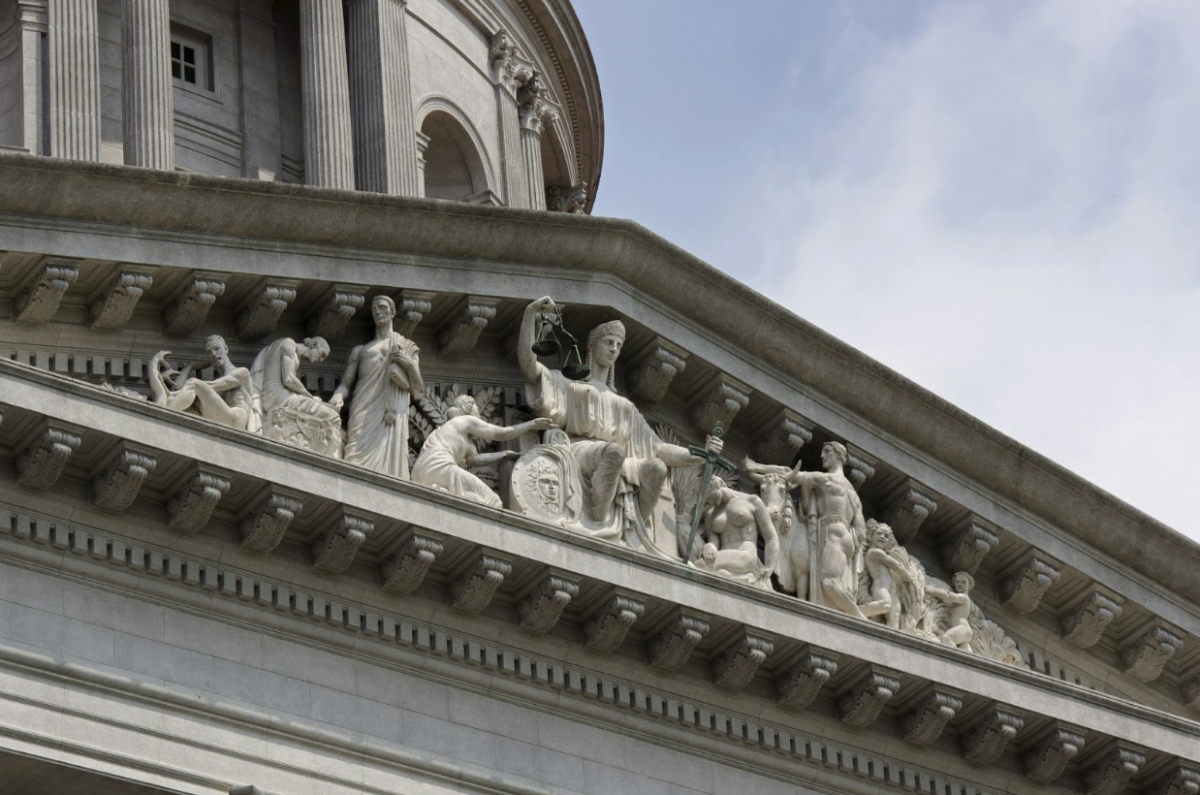The tension between purists and pragmatists has driven GOP politics for much of the last half century, starting with Barry Goldwater’s strongly principled, trend-setting conservatism during his presidential bid in 1964. The modern-day manifestation is the divide between the Tea Party and Establishment wings of the GOP. Prominent Republicans today can easily be classified into one of these two categories, especially in light of the polarizing effect of the government shutdown.
Ted Cruz, Rand Paul, Sarah Palin, and other self-identified Tea Party sympathizers make up the purist, far-right wing. They value principle over victory, and advocate for their ideal of how the world ought to be, rather than how it is, at any and all costs. They refuse to compromise their purist principles for anything, including a potential debt default or a government shutdown, which this purist wing supported in order to defund Obamacare. The Tea Party’s ensuing hit in the polls, down to 28% general approval, reflects how this wing emphasizes ideology over victory.
Politicians like Chris Christie, Mitt Romney, and Lamar Alexander comprise the pragmatist, Establishment wing. They tend to have moderate views on many issues and do not mind making some compromises for the sake of victory. Alexander invokes a parable involving Davy Crockett and Sam Houston to illustrate the distinction between the two Republican factions: While Crockett fought to death and lost at the Alamo, Houston retreated a bit and finally won the independence of Texas at the favorable ground of San Jacinto. Alexander would rather be like Houston – one who retreats a couple steps back from 100% purity and principle for the sake of victory and reality.
Pragmatist Republicans are often accused of not being “true” Republicans by the Tea Party for not fully adopting the positions of the Republican platform. As a result, they are often pressured into accepting (or at least tolerating) extreme positions – like shutting down the government to defund Obamacare – to affirm their conservatism and compete with primary opponents on the right. Right now, it’s hard to be seen as a true conservative and disagree with the Tea Party.
This ongoing battle makes the magic of Ronald Reagan in the 1980s all the more amazing; he was viewed as an ideologue and a true conservative even by the far right, yet did not follow the prevailing Republican ideology 100% of the time, as today’s Tea Party would advocate. As president, Reagan approved multiple tax increases to counteract budget deficits. He raised the nation’s debt ceiling 18 times and signed a bill granting amnesty to illegal immigrants. And, as governor of California, he opposed a ballot initiative that would have allowed teachers to be fired for being gay. He also protected the John Muir Trail in the Sierra Nevada from highway builders and other business interests, one of many liberal environmental positions Reagan took as governor.
Stuart Spencer, a Republican political consultant who ran Reagan’s gubernatorial and presidential campaigns, says of Reagan: “He had a strong set of core values and operated off of those. But when push came to shove, he did various things he didn’t like doing, because he knew it was in the best interests of the state or country at the time.” Reagan was that rare politician who was just able to skirt the line between principle and pragmatism. He had a strong ideological foundation for his positions, and was seen as a man of principle, but he was willing to moderate his convictions for the greater good. The miracle of Reagan was that he was an ideologue who did not adopt “extreme” positions (like a government shutdown) and could be pragmatic without being seen as “weak” or “liberal.”
Although it might not be possible anymore with the purity bar set so far right by the Tea Party, here’s hoping someone is able to fill Reagan’s niche in the GOP – someone who is seen as a principled conservative yet willing to make reasonable policy compromises for the sake of reality and our country. It might just take such a figure to reunify the GOP and take back the White House in 2016.
[Image Credit: https://lh4.googleusercontent.com/-_Vp69d8HW6g/AAAAAAAAAAI/AAAAAAAAAd8/v4lDC9sojlo/photo.jpg]







